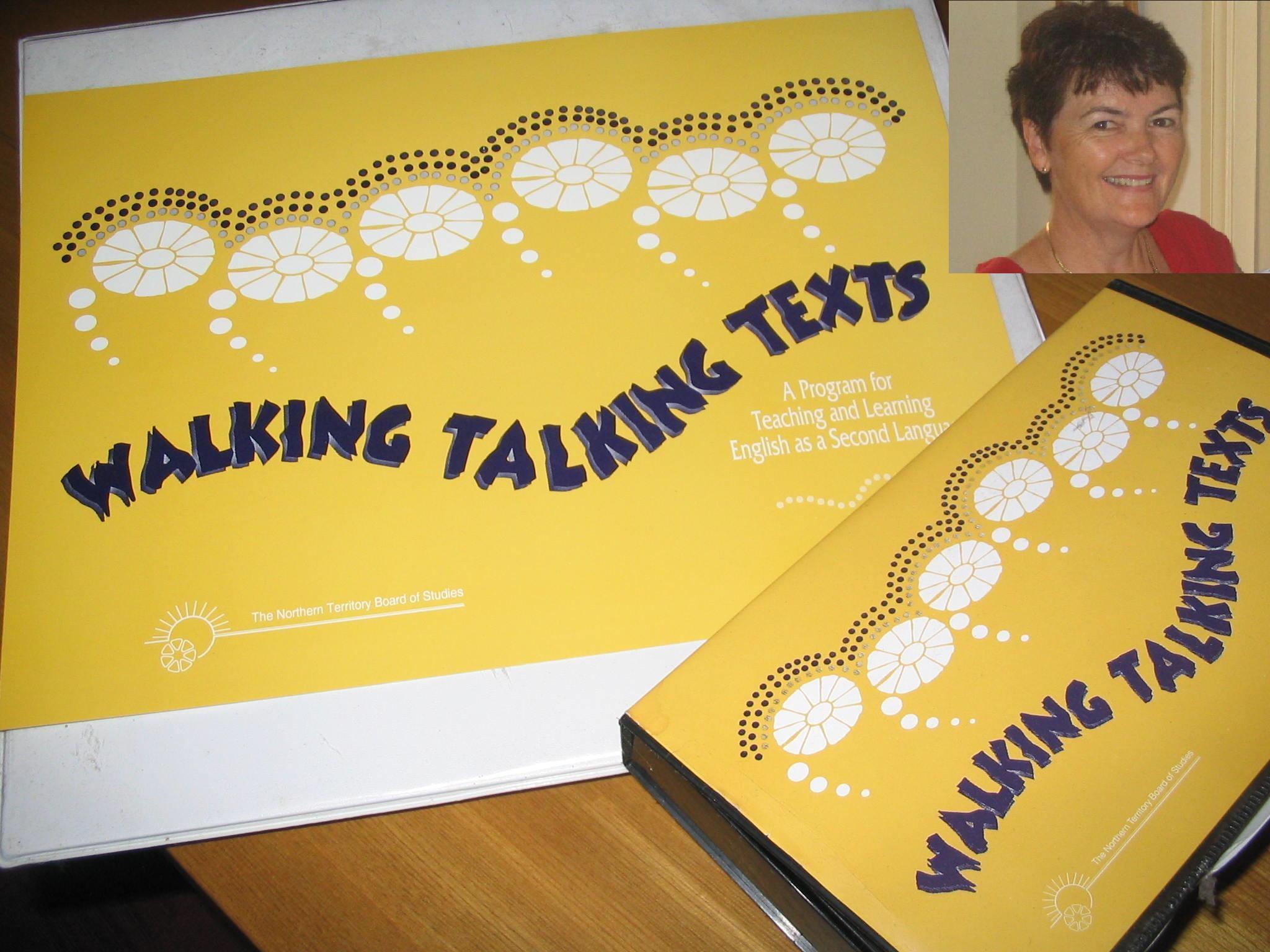 What is Walking Talking Texts?
What is Walking Talking Texts?
Walking Talking Texts is an ESL program based around the written English text of a book. It covers the range of teaching strategies needed to teach ESL effectively - both oral language and literacy. Walking Talking Texts is a language-teaching program. The teaching of oracy and literacy in English are planned for, within the broader framework of teaching English-as-a second--language.
In Bilingual programs (Two-Way Schools) the Petal Planner is used in Early childhood classes. In English-language only medium-of -instruction schools, the Petal Planner is recommended for use in the first and second years of schooling. The Petal Planner, when implemented, teaches learners
• how to speak English
• what English looks like when it is written down, so when learners come to read and write it themselves, they will be familiar with it
• to join in reading experiences in English, in groups
• to learn about written English by watching the teacher write group negotiated texts.
When learners can communicate orally in their second language (when they have that language in their heads/at their disposal), then learning to read and write the second language will be facilitated. Learning to read and write the second can then mirror the processes involved in learning to read and write in a first language. Second language learners will continue to develop new knowledge and facility with the second as oracy and literacy in L2 grow.
The Column Planner has been written to teach both ORACY and LITERACY of and in English to learners who have a 'working' level of oracy in English to begin with. In bilingual schools, the introduction of the COLUMN planner is around the Year Four mark when students have a significant degree of proficiency in literacy in their home language and oracy in English.
In 'ENGLISH_ONLY' medium of instruction classes, the push to have children literate in English before the National Year 3 testing regime occurs, the Column Planner has been used since the first year of school. However, I DO NOT SUPPORT THIS point of introduction of the Column Planner for the reasons stated. EAL/D students require a solid base of oral English to grow into the use of English for literate purposes. Thus in these school contexts I recommned the PETAL PLANNER for at least the first two years of school. In the third year of school, the Column Planner may be introduced, with due recognition of the child's use of home language to gain strength in English.
- students receive a consistent teaching/learning program from year to year. In this way, students become familiar with all the strategies/activities in the program so that they can then concentrate on the new English language structures to be learned. Students learn how-to-learn in western schooling ways.
- teachers and students all know what students have done before; when the school has organized the scope and sequence of texts to be used (which books/texts will be used in which Year levels), there is less repetition of topics, of using texts that are too low a level (or too high) and (new) teachers are not left wondering what text to use and what level to target for particular groups of students.
- all teachers are using the same pedagogy, therefore Learning Together Sessions can be targetted at (multiple) teachers' needs
- tracking of students' achievement through the assessment data and evidence collected in portfolios from year to year is enabled.
Other Questions?
